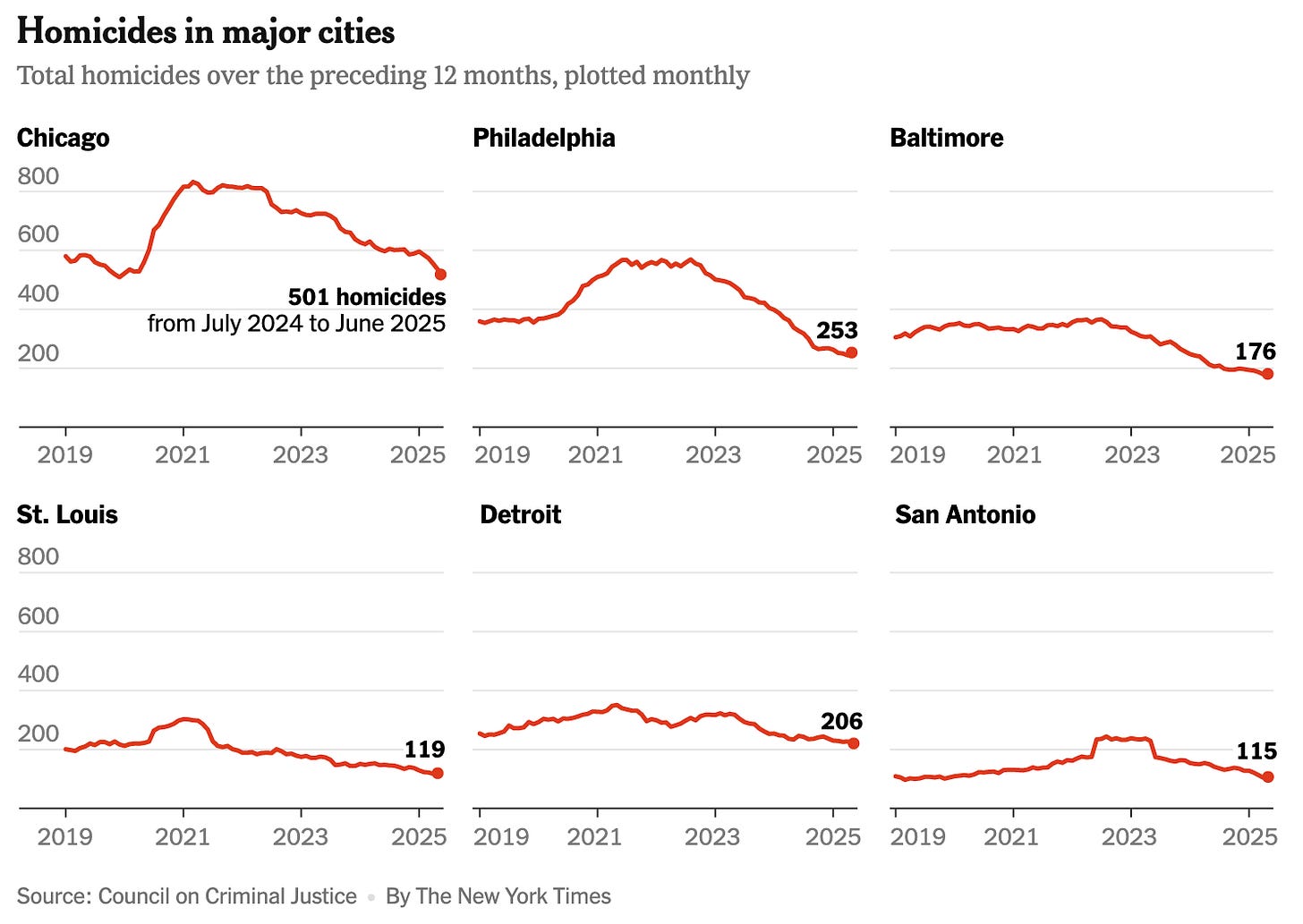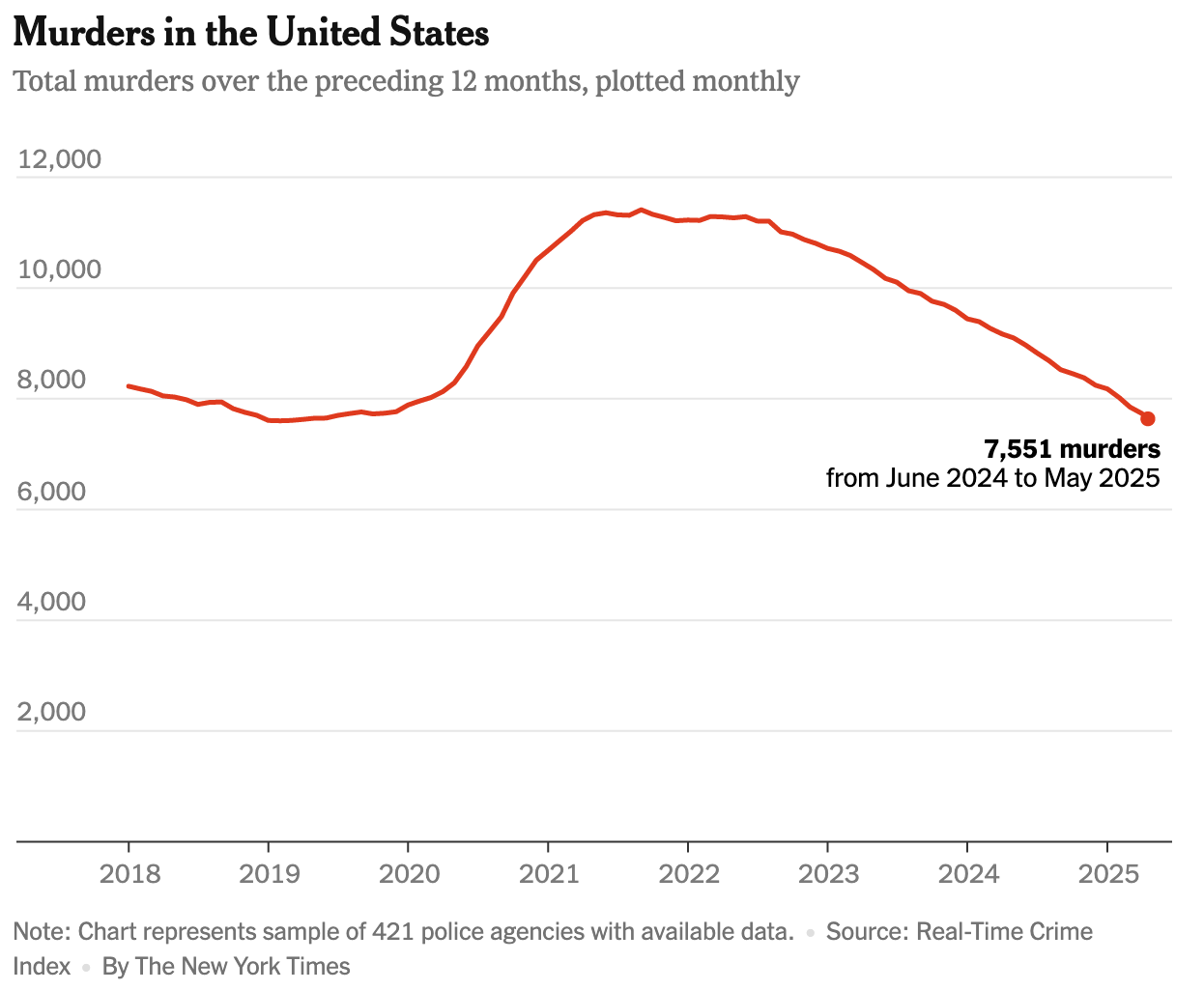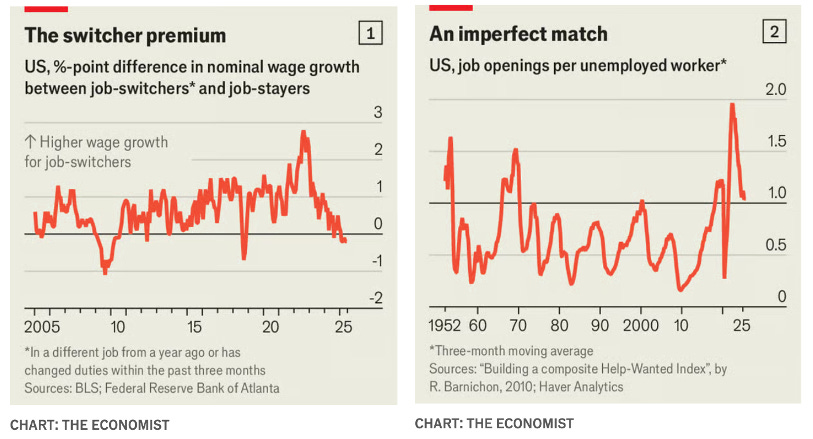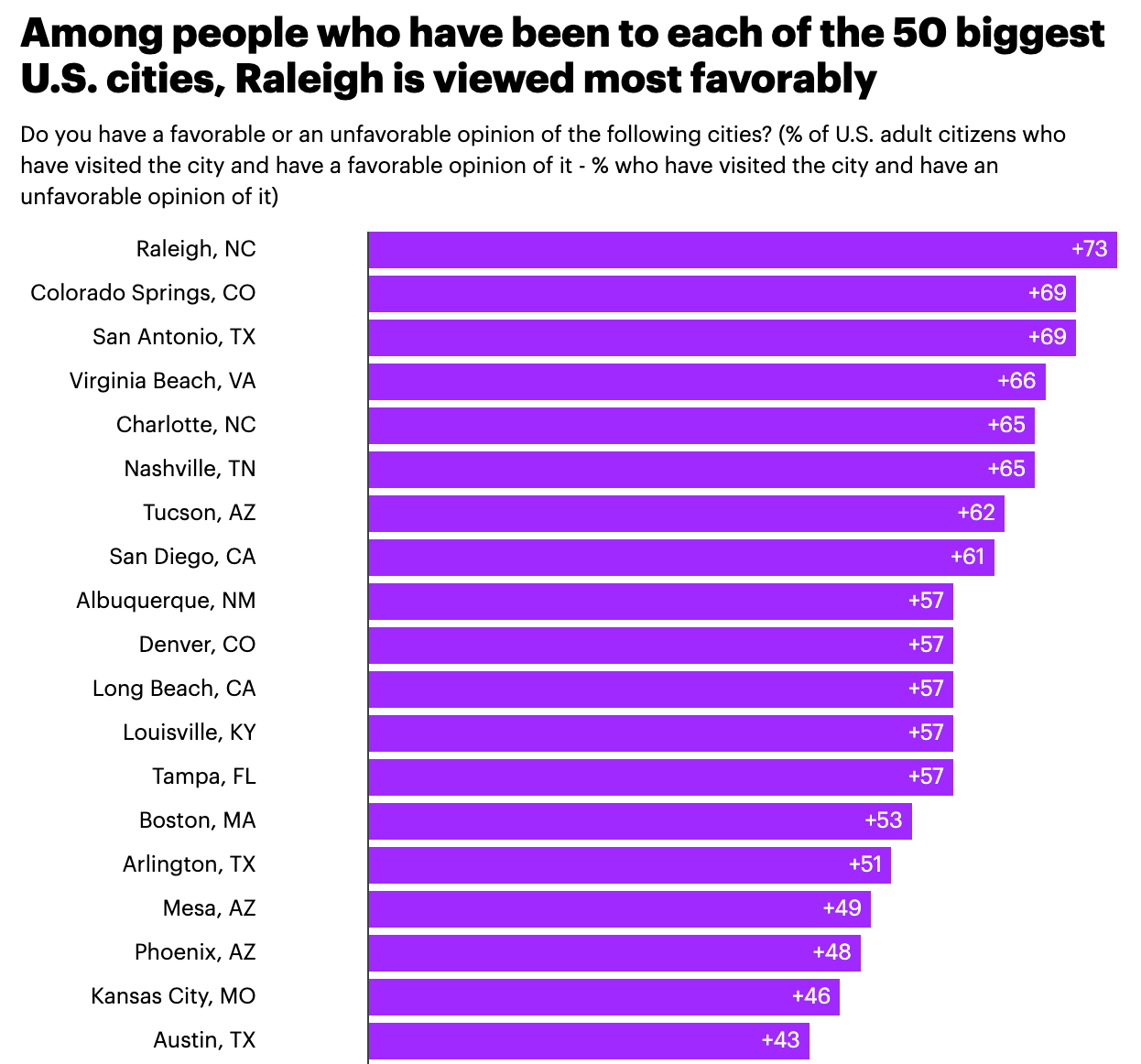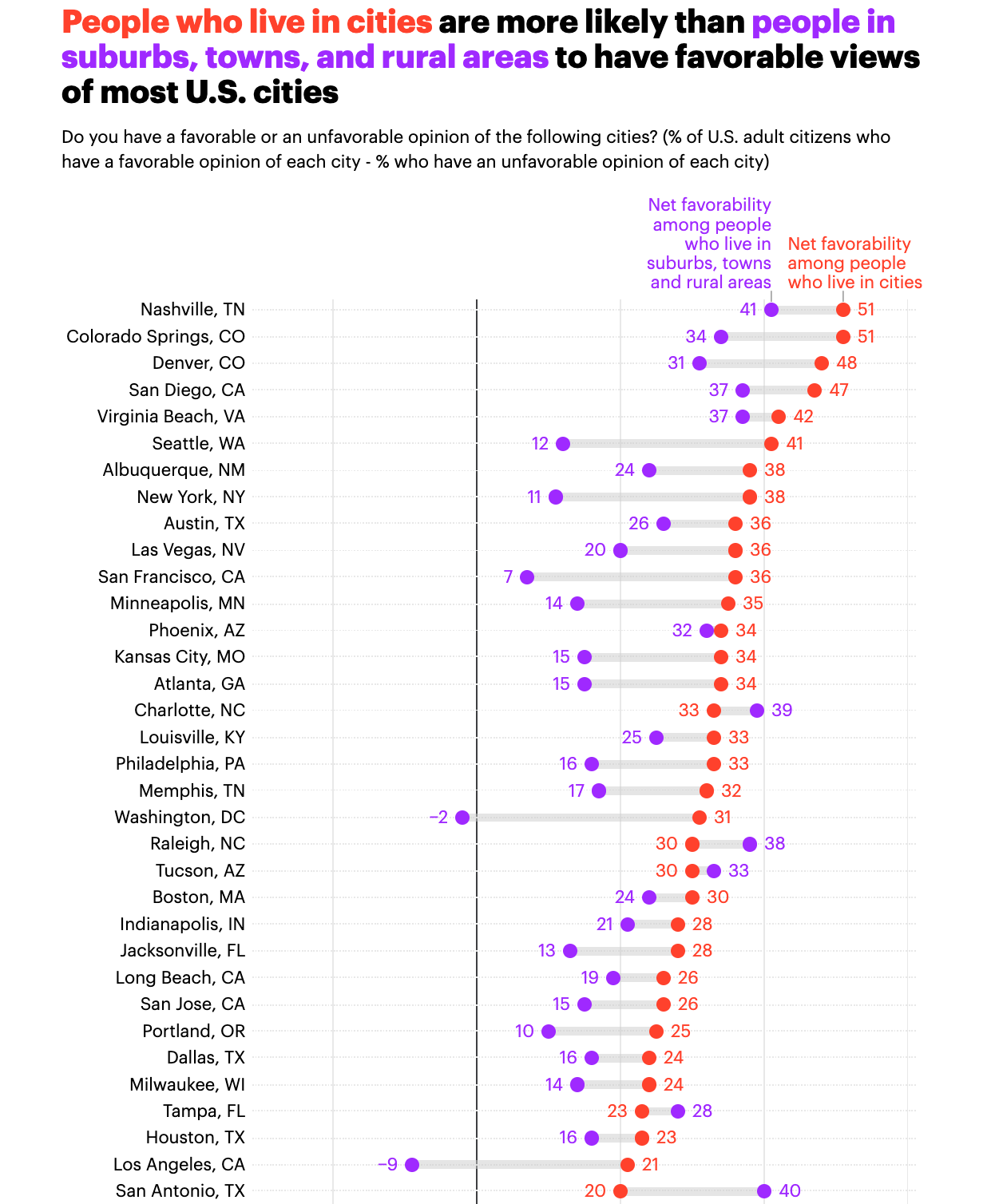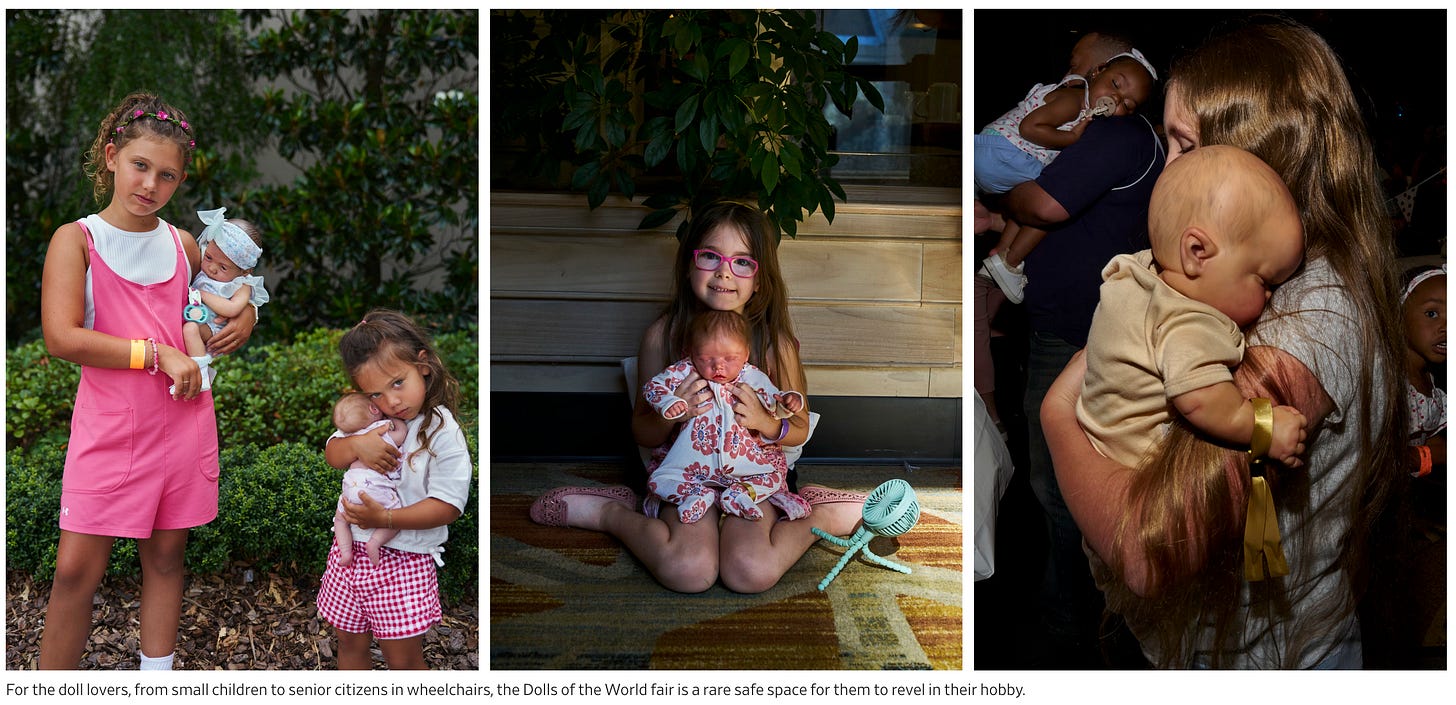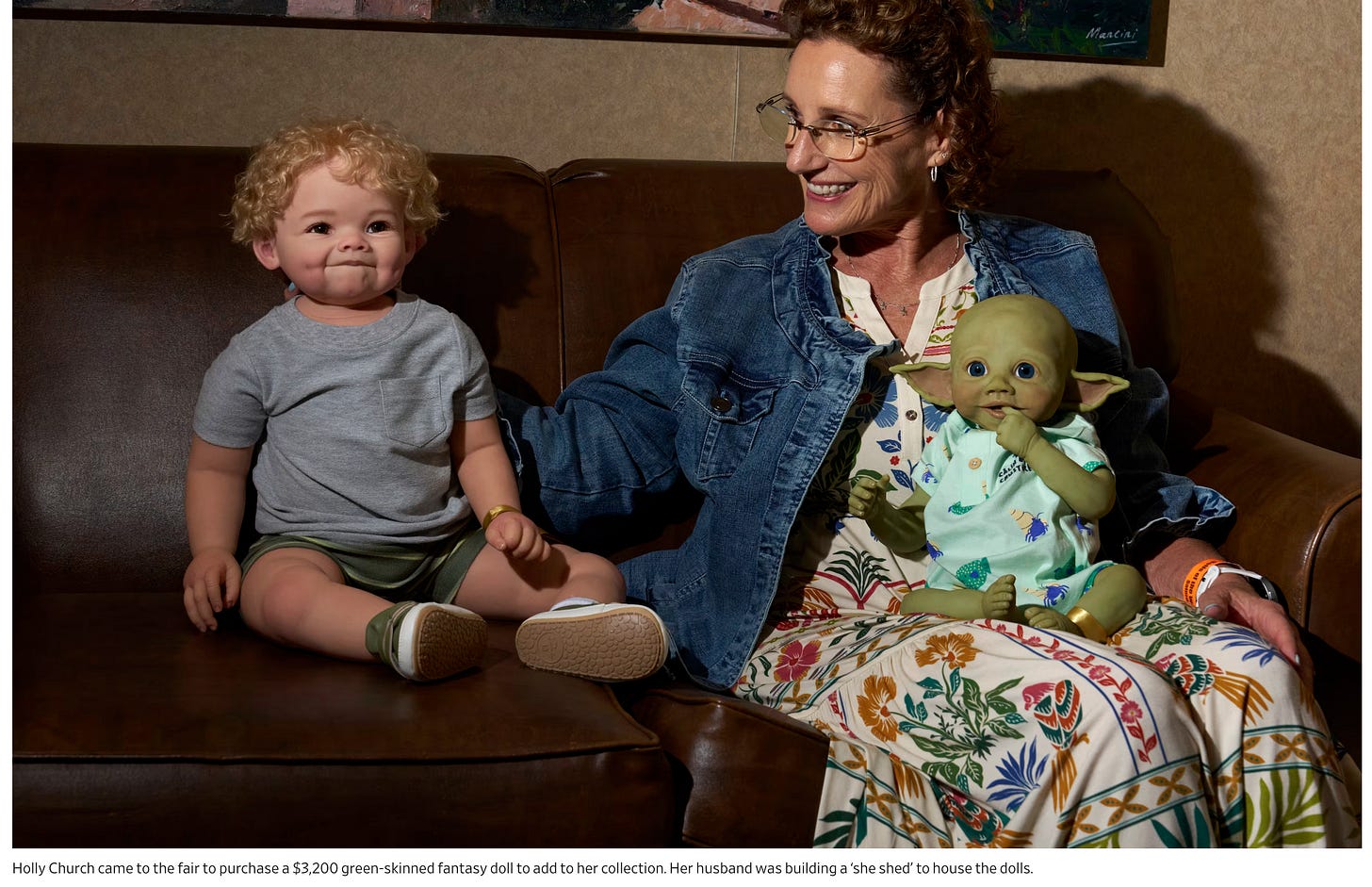7 Things From The Week | 26 Jul 25
News from the past week, and a few other things.
1. Final U.S. Birth Data Show a 1% Fertility Rate Decrease (CDC)
The National Center for Health Statistics (NCHS) has released a new report, Births in the United States, 2024 that gives the final numbers for births last year. This report follows an April report that shared provisional data. In the April report, the provisional general fertility rate—the number of births per 1,000 women aged 15 to 44—showed a 1% increase. However, the final data now indicates that this rate decreased by 1% from 2023 to 2024. In the new report, final birth data and updated population data from the U.S. Census were used to calculate the official fertility rate for 2024.
According to the new report, the total number of births in the United States increased by 1% from 2023, reaching 3,628,934. Birth rates decreased for women aged 15–34, stayed the same for women aged 35–39, and increased for women aged 40–44.
In addition, the report highlights that the rate of primary cesarean deliveries (C-sections) rose to nearly 23% in 2024, which is a small increase from the year before. The percentage of births covered by Medicaid dropped by 3% in 2024 and is down 6% since 2016, when the data first became available.
2. After Surge During Pandemic, Homicides Fall Significantly (NYT)
Homicides in the United States have continued to fall sharply this year, according to a new analysis published Thursday by the Council on Criminal Justice, a nonprofit policy research organization, based on data from more than three dozen American cities.
If the trend continues for the remainder of the year, the United States could post a third straight year of record declines in homicides.
In fact, the new analysis suggests that the broad crime surge that took place during the pandemic has largely reversed itself. Of 13 categories of crimes that the council tracks, only one — car theft — remains higher than in 2019, the year before the pandemic. But the council’s study is limited to a sampling of 42 American cities whose police departments release data on a timely basis, and for which it can make comparisons to crime levels just before the pandemic.
3. Want higher pay? Stay in your job (Economist)
For years, America’s job market has rewarded the footloose. The surest route to a higher salary, the advice goes, is to string together a series of one- or two-year stints, each paying a bit better than the last. Career gurus on TikTok set videos of their own salary progression to jaunty pop beats, cloaking online bragging as guidance for the uninitiated. On Reddit, posters debate just how little time in a role a job-hopper can get away with before future employers might start to fret about disloyalty. (A year or so is the consensus, though a brave few argue for six months.)
Now things are changing. For the first time in 15 years, barring blips in 2012 and 2018, wage growth for “job-stayers”, those who have stuck with their employer, is running faster than for “job-switchers”, those who jumped ship, according to data from the Federal Reserve Bank of Atlanta (see chart 1). Hunkering down and impressing the boss may now be a better bet than polishing your CV or responding to those LinkedIn messages from head-hunters.
The woes of job-hoppers are a particularly visible sign of a wider trend: the softening of America’s once rock-solid labour market. Another sign is the rising unemployment rate for fresh university graduates, who are struggling to persuade anyone to take a punt on them.
In recent years there have been more job openings than people on the unemployment rolls, suggesting high demand for workers. Yet this ratio of vacancies to unemployment, which economists watch as a measure of labour-market health, has recently fallen back to one, meaning there are about as many openings as job-seekers (see chart 2).
4. Americans' favorite city is Nashville (YouGov)
A recent YouGov survey explored which states Americans view most — and least — favorably. How about their favorite U.S. cities?
Nashville, Tenn. is the big city in the United States that is viewed most favorably by Americans, according to a new YouGov survey that asked Americans how favorably or unfavorably they view the 50 most populous cities in the U.S.
Nashville leads the country in net favorability — the share of Americans who view it favorably minus the share who view it unfavorably. Just behind Nashville and its +44 net favorability are San Diego, Colorado Springs, and Virginia Beach — each with net favorability of +39. Next in the ranking among the 50 biggest cities: Charlotte, N.C. (+37), Denver (+36), Raleigh, N.C., (+35), and San Antonio (+34).
Detroit has the lowest net favorability (-17) of the 50 cities asked about. More Americans have an unfavorable view of Detroit than a favorable one (46% vs. 29%). Oakland, Calif. (-7) and Bakersfield, Calif. (-5) are also viewed more unfavorably than favorably.
NOTE: Interestingly, people who live in the suburbs of San Antonio like it better than the people who live in the city itself—bit of an outlier among “most favorable cities”:
5. Airlines’ favourite new pricing trick (Economist)
Airlines have long been champions of price discrimination. To fatten their notoriously slim profit margins, they have developed what are known as “fare fences”, based on factors such as whether or not a trip spans a weekend, to charge more to customers who are willing to pay higher prices, particularly business travellers.
In recent years airlines have grown ever more sophisticated in their pricing techniques. American carriers’ latest method of singling out business passengers, though, is strikingly simple—and has sparked outrage in the travel blogosphere.
In May Thrifty Traveler, a website about travel bargains, reported that America’s three big legacy airlines—American, Delta and United—had started charging higher per-person fares for single-passenger bookings than for identical itineraries with two people. Although no airline has yet commented on the subject, Delta and United reportedly scrapped the practice amid the criticism. Delta has indeed abandoned the technique: its two-passenger price is always at least twice the fare for one. For American and United, however, the practice remains. Solo flyers who travel within the work week with these airlines can end up paying a higher fare than everyone else, including solo travellers whose journey includes a weekend stay and those who travel with others, regardless of whether their trip stretches into a weekend.
6. Chinese Hackers Are Exploiting Flaws in Widely Used Software, Microsoft Says (NYT)
Microsoft said that Chinese state-sponsored actors were exploiting vulnerabilities in one of its popular collaboration software products, SharePoint, which is used by U.S. government agencies and many companies worldwide.
Microsoft said in a notice on its security blog on Tuesday that it had identified at least two China-based groups linked to the Chinese government that it said had been taking advantage of security flaws in its SharePoint software. Such attacks aim to sneak into the computer systems of users.
The U.S. government’s Cybersecurity and Infrastructure Security Agency issued a notice that said it was aware of the hacking attack on SharePoint. It added that it had notified “critical infrastructure organizations” that were affected.
7. Why People Are Buying $8,000 Lifelike Baby Dolls (WSJ)
Kelli Maple tenderly sets her bundle of joy, Naomi, into a Nuna car seat and drives her to the mall. When they arrive, Maple, 23, places little Naomi, dressed in a onesie and hair bow, into a high-end stroller (complete with a portable sound machine, stuffed animal and a pacifier). Giggling, Maple and Naomi shop for tiny clothes. Most passersby would mistake them for a typical mother and daughter.
But Naomi is not real.
She’s a lifelike “reborn doll.” These collectible baby dolls, which can run up to $10,000 apiece, have been around since the early 2000s, but in recent years they’ve exploded into a global phenomenon. Collectors, who consider themselves parents, shell out for luxury baby gear and dote on their reborns as if they were human children. In Brazil, they’ve become a lightning rod in recent months, with politicians introducing bills to try and ban the popular dolls from public places.
The reborn doll world is hidden in plain sight in the United States. It’s a cottage industry, with amateur crafters hand-molding and painting dolls in their basements. The process, especially for the more verisimilitudinous silicone dolls, is labor-intensive, including painting delicate pale-blue veins onto their soft peachy skin and hand-rooting individual goat or alpaca hairs into their scalps and eyebrows. The result is uncanny.
Have a great weekend!
The Curator



